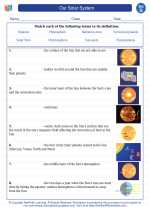Our Solar System -> respiration
Respiration
Respiration is the process through which living organisms obtain energy from food. It involves the intake of oxygen and the release of carbon dioxide. There are two main types of respiration: aerobic respiration, which requires oxygen, and anaerobic respiration, which occurs in the absence of oxygen.
Aerobic Respiration
Aerobic respiration is the most efficient way for cells to produce energy. It takes place in the mitochondria and involves a series of complex biochemical reactions. The overall chemical equation for aerobic respiration is:
C6H12O6 + 6O2 → 6CO2 + 6H2O + Energy
During aerobic respiration, glucose is broken down in the presence of oxygen to produce carbon dioxide, water, and energy in the form of ATP (adenosine triphosphate).
Anaerobic Respiration
When oxygen is not available, some organisms can undergo anaerobic respiration. This process is less efficient and produces lactic acid or ethanol as byproducts. The overall chemical equation for anaerobic respiration in humans is:
C6H12O6 → 2C3H6O3 + Energy
During anaerobic respiration, glucose is partially broken down to produce lactic acid and a small amount of ATP in the absence of oxygen.
Respiratory System
The respiratory system is responsible for the exchange of gases involved in respiration. It includes the lungs, diaphragm, trachea, bronchi, and alveoli. The process of respiration involves inhalation, where oxygen is taken in, and exhalation, where carbon dioxide is expelled from the body.
Study Guide
- What is the overall chemical equation for aerobic respiration?
Answer: C6H12O6 + 6O2 → 6CO2 + 6H2O + Energy - What is the byproduct of anaerobic respiration in humans?
Answer: Lactic acid - Which organelle is responsible for aerobic respiration?
Answer: Mitochondria - What are the main components of the respiratory system?
Answer: Lungs, diaphragm, trachea, bronchi, and alveoli - Describe the process of inhalation and exhalation.
Answer: Inhalation involves taking in oxygen, while exhalation involves expelling carbon dioxide from the body.
Remember to review the chemical equations, differences between aerobic and anaerobic respiration, and the components of the respiratory system to solidify your understanding of respiration.
[Respiration] Related Worksheets and Study Guides:
.◂Science Worksheets and Study Guides Seventh Grade. Our Solar System

 Activity Lesson
Activity Lesson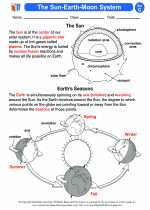
 Activity Lesson
Activity Lesson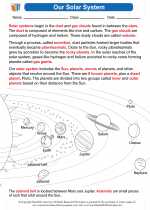
 Worksheet/Answer key
Worksheet/Answer key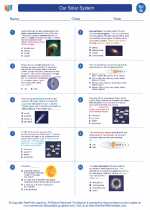
 Worksheet/Answer key
Worksheet/Answer key
 Worksheet/Answer key
Worksheet/Answer key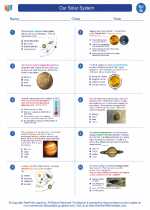
 Worksheet/Answer key
Worksheet/Answer key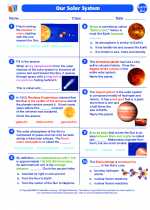
 Vocabulary/Answer key
Vocabulary/Answer key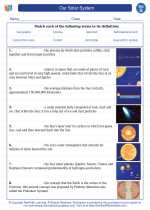
 Vocabulary/Answer key
Vocabulary/Answer key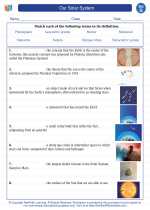
 Vocabulary/Answer key
Vocabulary/Answer key